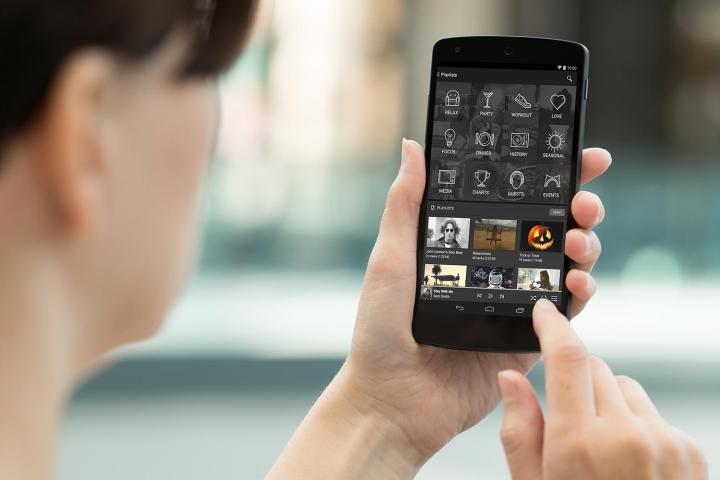
The leaked document suggests Tidal pays a weighted average of .0012 cents per stream and 70 percent of revenue to rights holder. That revenue share has since changed since Jay Z acquired parent company Aspiro as he proclaimed the service pays 75 percent to rights holders less than a week earlier.
The statement reads: “for the same period (March 2015) as this purported ‘leaked’ statement, Tidal paid an average royalty per stream of $0.024-0.028.” This would place its royalty payments at approximately four times higher than that of Spotify’s, which pays rights holders between $0.006 and $0.0084. DigitalMusicNews responded to Tidal’s statement clarifying the statement was “issued by a digital distributor servicing the independent label” but does not refute the authenticity of the statement.
While the leaked document’s authenticity is in question, it does highlight an apparent change in Tidal’s public stance on its royalty agreements. In October 2014, former Tidal CEO Andy Chen told Tech Gen Mag that Tidal’s royalty payouts were double that of competitors, perhaps explaining why Tidal costs twice as much as “regular market standard streaming services.” Tidal’s HiFi tier is still twice as much as the standard, but Tidal added music streaming service WiMP’s subscribers and its $9.99 tier in Jay Z’s acquisition of parent company Aspiro. No word on whether the royalty rates were changed after Chen’s initial statements and/or the acquisition.
Calling out a fabricated royalty statement is a relatively easy damage control tactic to deal with than the sort of issues some of Tidal’s competition is facing. The Verge reports Apple is being monitored by the Department of Justice after allegedly trying to convince record labels to stop allowing their music to be streamed on any streaming service’s free tier. This would effectively remove Spotify’s most popular feature — 75 percent of Spotify’s active users are on the free tier–and thus even the playing field before Beats Music’s rumored June relaunch. The source also revealed that Apple offered to pay Universal Music Group (UMG) YouTube’s music licensing fee if it prevented its songs from appearing on YouTube. Last month, UMG was reported to have pressured Spotify to remove its free tier during contract renegotiations.
Music streaming services became more lucrative than physical distribution in 2014 for the first time ever, but the industry is still skeptical. Former Pink Floyd frontman Roger Waters thinks the music streaming industry is run by “rouges and thieves,” and Mumford and Sons had early reservations about joining Tidal because of their payouts to smaller bands. With Soundcloud, YouTube and Apple entering the subscription music streaming arena within the next seven months, Tidal will need to continue to differentiate itself with exclusive content and higher royalty payouts as skepticism does not seem to be waning.
The question now becomes: Can Tidal survive the impeding wave?


